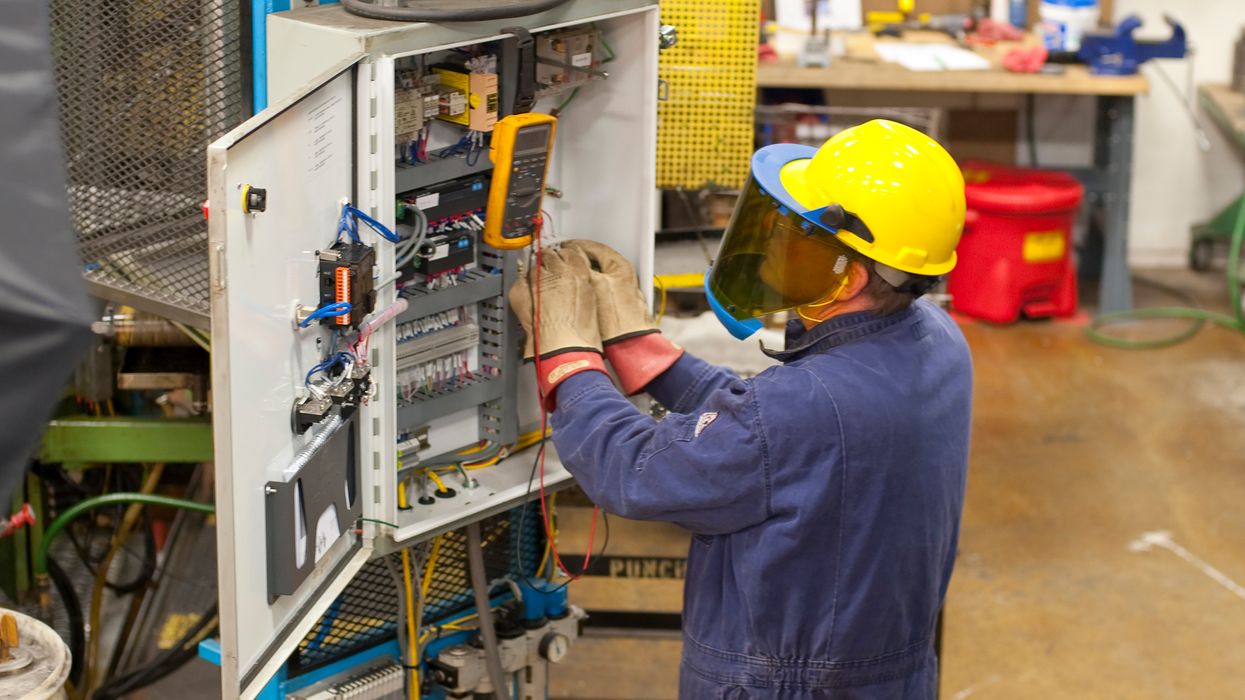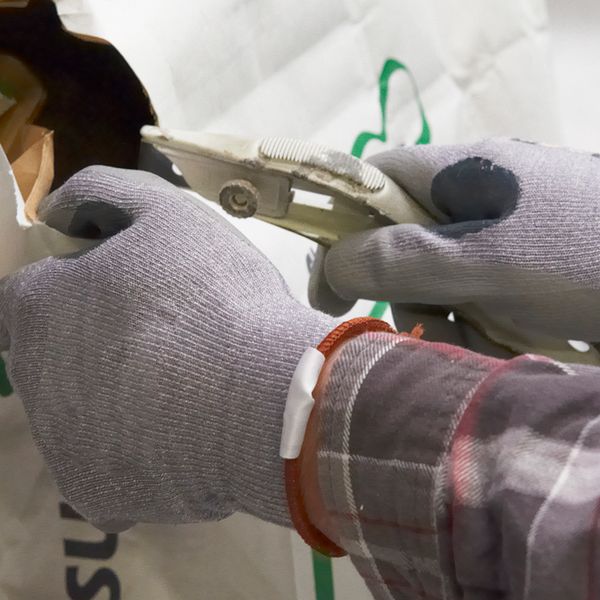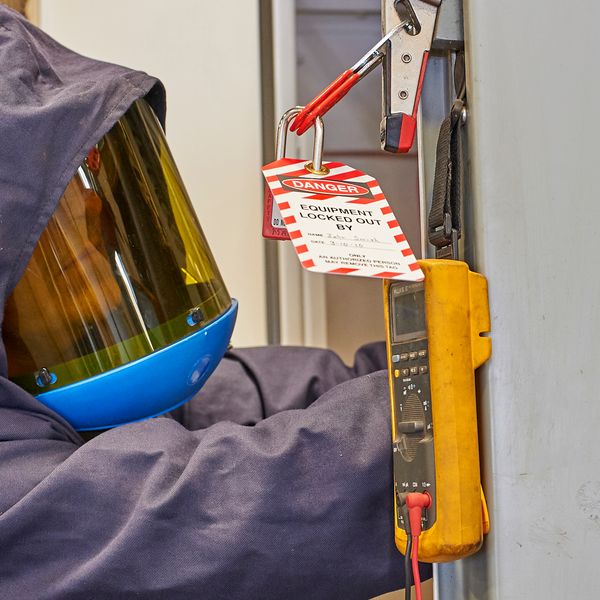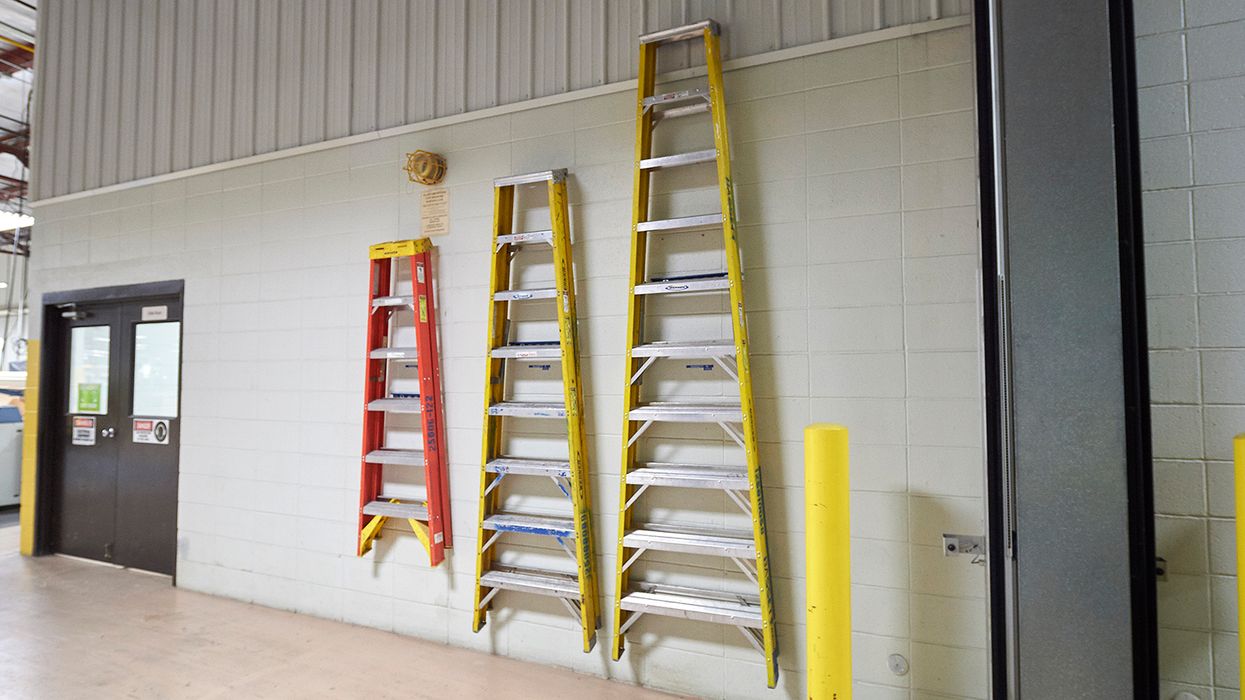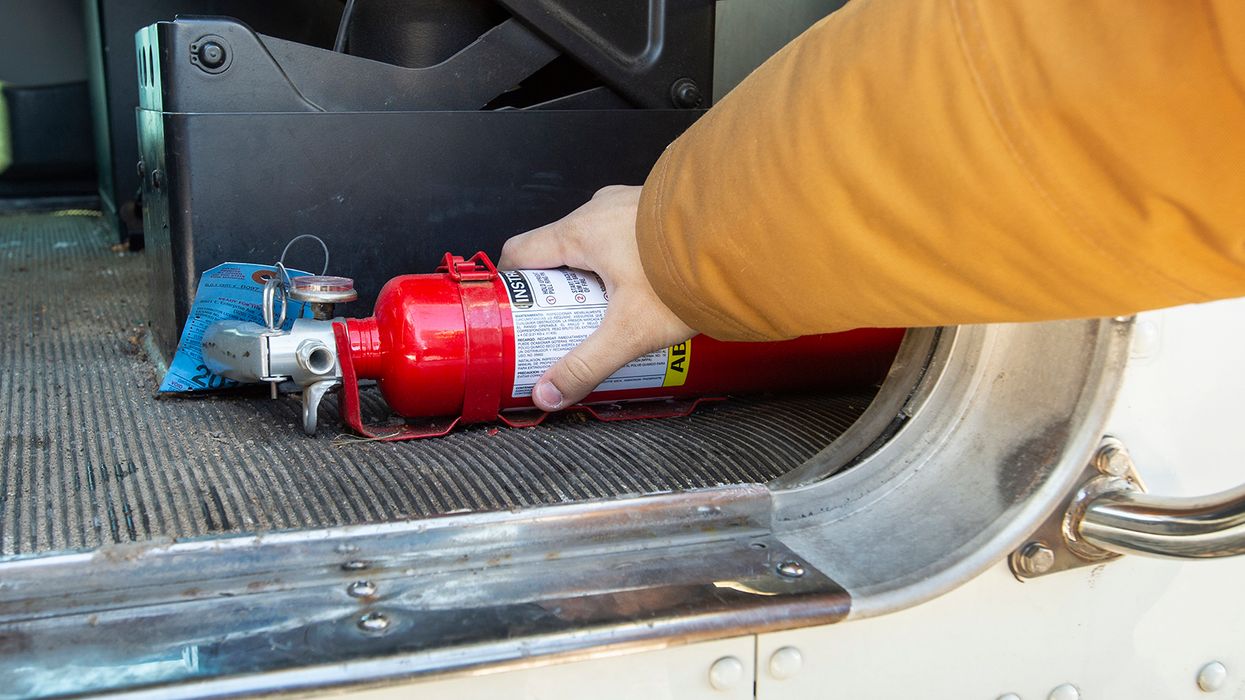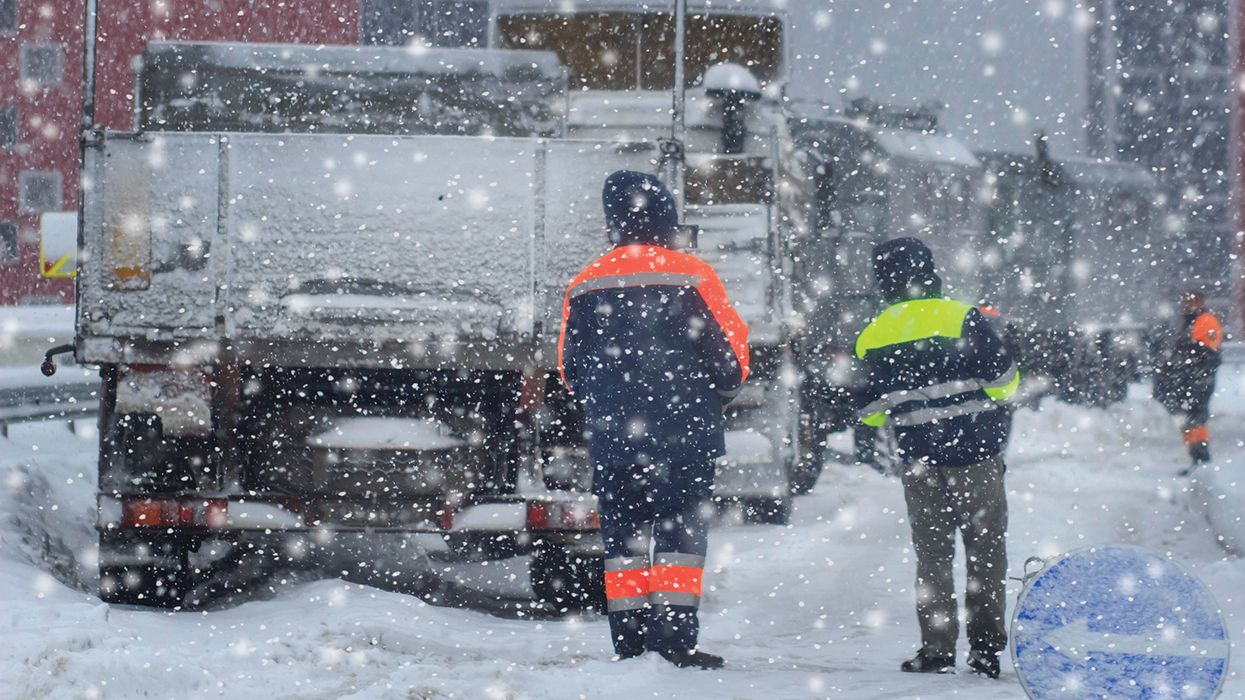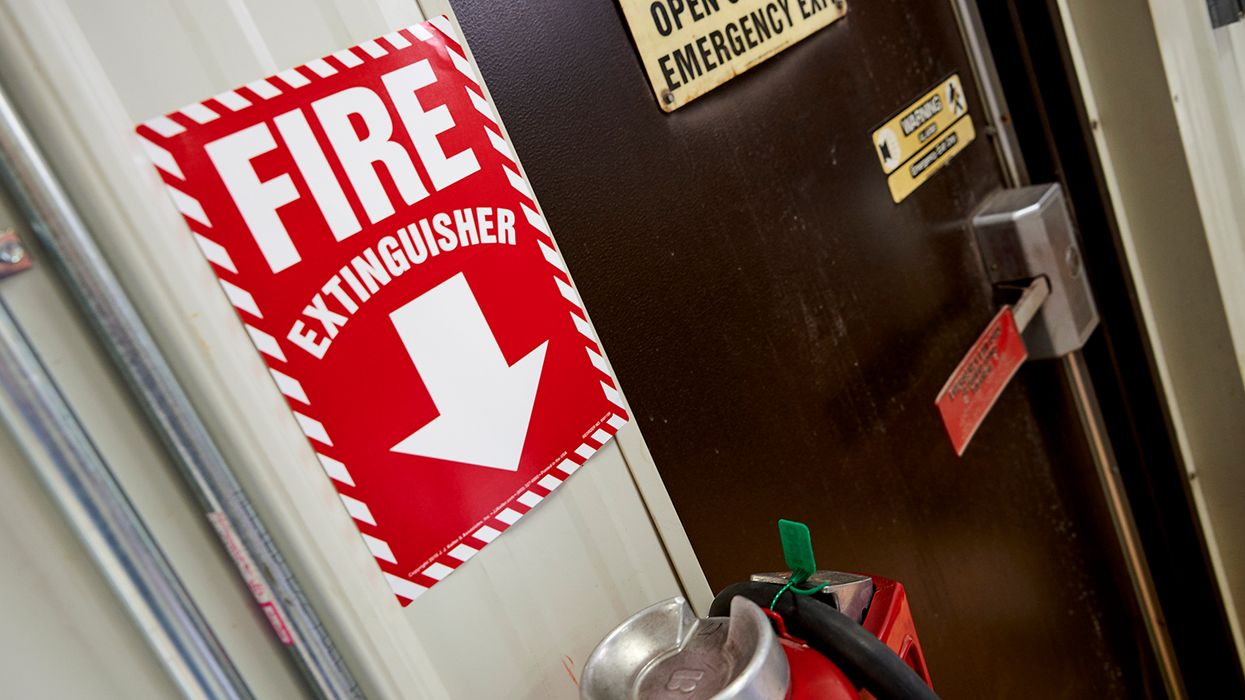Learn how to protect workers’ hands from electrical hazards
Did you know that according to injury and illness data from the U.S. Bureau of Statistics, hand injuries are the second most common injury to workers? Yet gloves are one of the most common types of PPE in the workplace.
In a past study, OSHA found that over 70 percent of workers don’t wear gloves, and the vast majority who do wear them don’t have the right kind of glove protection. Electrical workers need particular gloves to protect their hands from exposure to shock, flash fires, and arc flashes.
The heat from an arc flash can range between 5,000 to 35,000 °F — the sun’s surface is almost 10,000 °F! Burns from arc flashes, flash fires, or electrical shock can leave workers with disfigurement, amputation, and the loss of use of one or both hands. Workers’ hands are the most vulnerable body parts since they’re the closest to the work!
What you need
Workers exposed to electrical hazards should use three types of hand protection — rubber gloves, liner gloves, and leather gloves.
Rubber-insulated gloves protect from electrical shock. They insulate workers’ hands from electrical hazards. The gloves are rated for a maximum voltage level they can protect you from. Liner gloves are worn under the rubber gloves and help to prevent abrasions or chaffing to your skin as it contacts it. In the cooler months, liner gloves also help to keep your hands warm!
Properly rated leather gloves are worn over rubber gloves to help prevent punctures, cuts, and abrasions to the rubber lining that create a source of exposure to electrical hazards. Leather gloves aren’t rated for protection from electrical shock.
Why you need it
Rubber insulating gloves and other types of electrical protection are required per OSHA 1910.137, Electrical Protective Equipment, and are based on the American Society for Testing and Material (ASTM) standard ASTM D120, Standard Specification for Rubber Insulating Gloves. OSHA and ASTM set safety criteria such as design requirements, protection ratings, and inspection intervals that employers and workers must follow. Rubber insulating gloves are available in six OSHA/ASTM-defined voltage classes of 00 through 4.
- Class 00 protects workers up to 500V AC and 750V DC;
- Class 0 protects workers up to 1,000V AC and 1,500V DC;
- Class 1 protects workers up to 7,500V AC and 11,250V DC;
- Class 2 protects workers up to 17,000V AC and 25,500V DC;
- Class 3 protects workers up to 26,500V AC and 39,750V DC; and
- Class 4 protects workers up to 36,000V AC to 54,000V DC.
OSHA requires workers to use electrical protection, such as rubber-insulating gloves, for any electrical exposure higher than 50V. It only takes about 10 milliamperes (mA) of electricity to stop a human heart.
Certain other OSHA standards, such as 1910.269, Electric power generation, transmission, and distribution, require certain workers exposed to electrical hazards to wear rubber-insulated gloves. When applicable, consensus standards such as NFPA 70E, CSA Z462, and ASTM F1506 also address workplace electrical safety.
Testing
All gloves should be inspected before using them for damage. OSHA and ASTM require that rubber-insulated gloves are tested upon initial use and then every six months afterward or after every use without protective leather gloves.
Insulating gloves must be given an air test along with the inspection. This test can be done by simply rolling the cuff toward the palm so that air is entrapped within the glove or using a mechanical inflator. This ensures there are no holes or damage to the glove.
Sizing
ASTM requires a minimum cuff gap. How much depends on the class of rubber gloves. This means that your rubber gloves must be exposed beyond your leather gloves. Classes 00 and 0 require a minimum of a ½” gap between the leather protector’s cuff and the rubber glove’s cuff. Class 1 requires a 1-inch gap, 2 inches for Class 2, and three inches for Class 3.
Having the proper size glove reduces the risk of you becoming the path to ground. To determine your approximate glove size, measure the width of your palm. For example, if the width is 7.5 inches, a size 8 glove would fit well.
AR/FR rating
Certain fabrics, like acetate, nylon, polyester, rayon, or other synthetic materials, may melt and burn, causing them to stick to your worker’s skin during an arc flash or blast, flash fires, or fire event.
Workers who wear arc-rated (AR) and flame-resistant (FR) gloves have the least risk of suffering from flash fire or arc blast-related hand injuries. The FR rating is the number of calories the garment is expected to absorb.
A calorie is a unit of measure of the heat energy from a flash fire or an arc flash or blast. The higher the calorie number, the greater the protection of the FR gloves. Workers’ AR/FR gloves must have a higher rating than the calorie rating of heat generated.
Key to remember
Perform a workplace assessment to determine if your employees’ hands have exposure to electrical hazards. If they do, provide them with adequately rated gloves to protect them from injury from shock, flash fires, and arc flashes.

